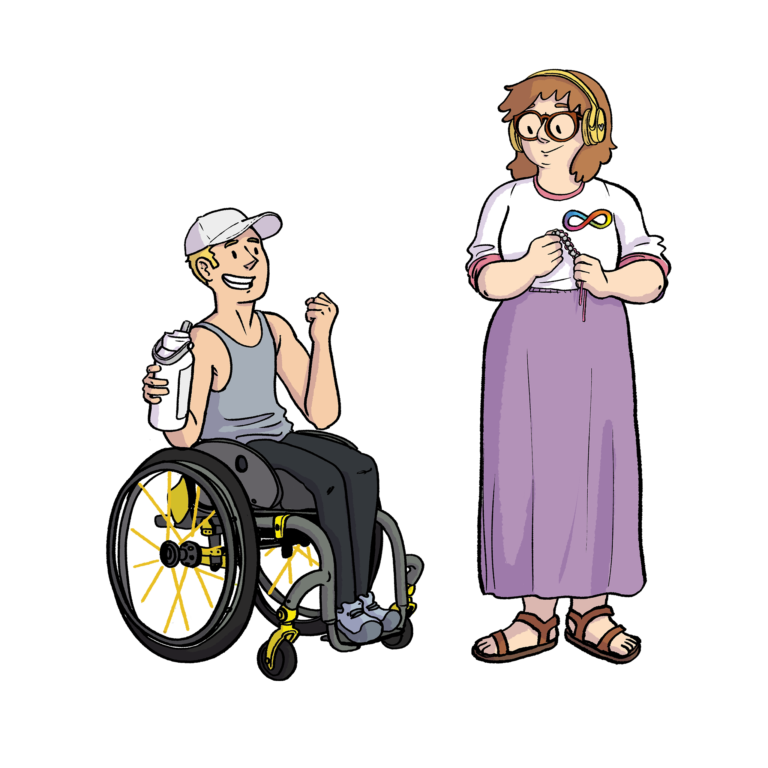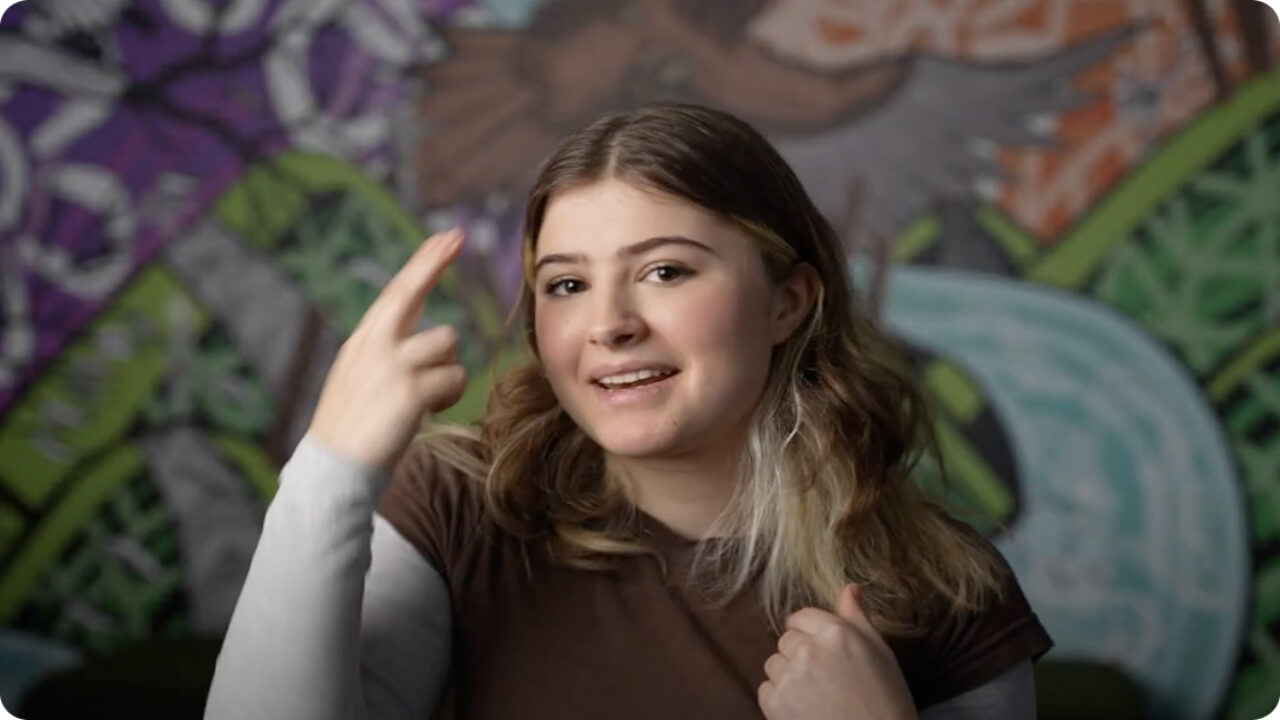Language accessibility
Language accessibility is making sure that the way you are communicating can be understood by the people you are communicating to.
-
Plain language
-
Easy Read
-
Auslan
-
Auslan resources
On this page
Disabled young people can have a range of language needs, and it’s important that you can meet these needs.
The easiest way to start is with plain language.

Plain language
Plain language means information is written so that most people should be able to find the information they need regardless of disability, age, language, location or format. You should aim for a reading age of 12 to 14 in your writing, try to avoid jargon and break up chunks of text with subheadings.
Plain language is for everyone. You can click here to read more about plain language in the Australian government style manual.
Easy Read
Easy Read is a way to present information for people who are not familiar with English, or who have low literacy or learning disability.
Easy Read uses short sentences, with images on the left of most sentences to help explain what the words mean.
Easy Read must be created by people who have been trained in how to write and design it. There are many organisations that offer Easy Read services.
You can also complete in person or online training sessions to learn more about plain language and Easy Read.
For more information on Easy Read, check out the sites below.
-
Easy Read Australia
A company that provides Easy Read and Plain Language Services. -
Embrace Access
A company that provides Easy Read, Plain Language and Communication Access Services. -
All for Access
A disability-led organisation that offers Easy Read and plain language training and translation, as well as PDF tagging.
Auslan
Auslan is the sign language used by the Deaf community in Australia. It is a distinct language that has it’s own grammar, structure and vocabulary. Like all other languages, including other signed languages, Auslan is complex and can express nuance, force and subtlety, as well as concrete information. It’s not just English conveyed through hand symbols, but a distinct visual language.
To ensure your language is accessible, you should try to provide translations, and if meeting with a d/Deaf or Hard of Hearing young person, you should provide an interpreter if they need it. As a service provider, you should offer this as an option, rather than waiting for them to ask for one.

Working with an interpreter
To learn more about working with an interpreter, check out this video by Maya, a Deaf young person.
People who are d/Deaf or Hard of Hearing may be bilingual – they understand and communicate in both English and Auslan.
Some may only be fluent in English, and some may only be fluent in Auslan.
Not everyone who is deaf or Hard of Hearing (HoH) uses Auslan. There are many reason for this, however deafness is a spectrum, with a diversity of communication methods. Never assume that a person uses Auslan just because they are d/Deaf or Hard of Hearing – it is better to clarify first.
To learn more about Auslan, check out the pages below.
-
Expression Australia
Expression Australia was established in 1884 and is an organisation by and for the Deaf Community. They provide services like interpreting, translating and captioning, community engagement, training and other services for the Deaf Community, and to support them. -
Deaf Australia
Deaf Australia is the peak advocacy body for Deaf, Deafblind, hard-of-hearing and others who use Auslan as their language of preference. They work to achieve equity for Deaf people across all areas of life.